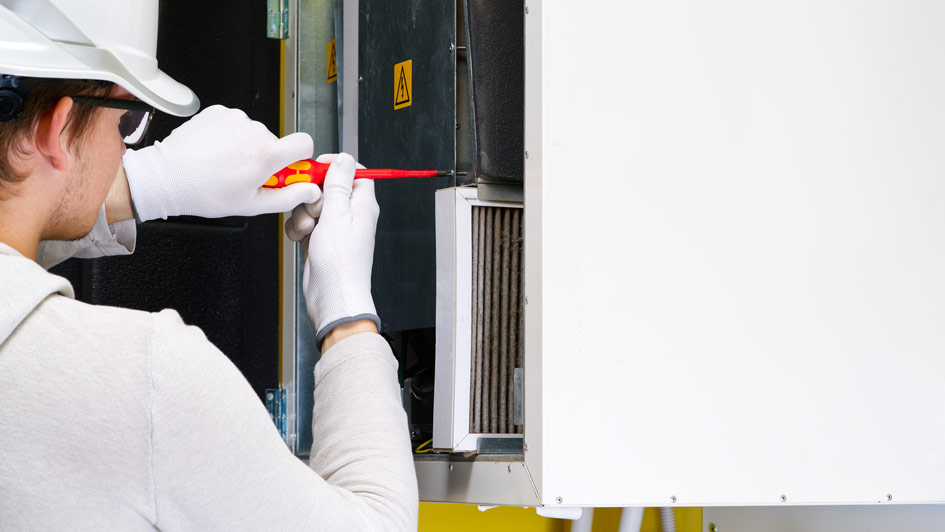
When it comes to installing a new AC system, homeowners often find themselves at a crossroads, debating whether to tackle the task as a do-it-yourself (DIY) project or enlist the expertise of professional HVAC technicians. In this blog post, we aim to provide a pragmatic overview of the pros and cons associated with both DIY and professional AC installation. Understanding the implications of each approach can empower homeowners to make an informed decision that aligns with their comfort, safety, and long-term satisfaction.
DIY AC Installation
Cost Savings
Pros: Undertaking AC installation as a DIY project can initially save on labor costs. Homeowners with the necessary skills may find this an attractive option for budget-conscious projects.
Flexibility in Timing
Pros: DIY installations allow homeowners to work at their own pace, fitting the project into their schedule without waiting for professional appointments.
Hands-On Experience
Pros: For those inclined towards DIY projects, installing an AC system can provide valuable hands-on experience. It can be a rewarding endeavor for individuals with a technical aptitude.
Potential Pitfalls
Cons: DIY installations are prone to common pitfalls. Inaccurate sizing, improper ductwork, and incorrect refrigerant handling can lead to system inefficiencies, increased energy costs, and even premature system failure.
Safety Concerns
Cons: AC installation involves electrical components and refrigerants, presenting safety risks. Without proper training, homeowners may expose themselves to hazards during the DIY process.
Voided Warranties
Cons: Many manufacturers require professional installation to validate warranty coverage. DIY installations may void warranties, leaving homeowners without crucial protection for their investment.
Professional AC Installation
Expertise and Precision
Pros: HVAC professionals bring expertise and precision to the installation process. They are trained to conduct load calculations, size the system accurately, and ensure proper ductwork, optimizing performance and efficiency.
Warranty Assurance
Pros: Professional installations often come with warranties, providing homeowners with peace of mind. Manufacturers frequently require professional installation to maintain warranty coverage, safeguarding the investment.
Code Compliance
Pros: HVAC professionals are well-versed in local building codes and regulations. Their installations adhere to these standards, ensuring compliance and preventing potential legal issues.
Time Efficiency
Pros: Professional installations are typically completed efficiently, minimizing downtime and ensuring that homeowners can enjoy the benefits of their new AC system promptly.
Reduced Risk of Issues
Cons: Professional installations reduce the risk of common DIY pitfalls. Sizing errors, refrigerant mishandling, and ductwork issues are less likely to occur when installation is entrusted to trained technicians.
Upfront Costs
Cons: The primary drawback of professional installation is the upfront cost. However, homeowners should consider this as an investment in the long-term performance and efficiency of their AC system.
Conclusion
Choosing between DIY and professional AC installation involves a careful consideration of budget, skillset, and long-term expectations. While the allure of cost savings may attract some to the DIY route, the potential for errors and safety concerns necessitates a thorough evaluation. On the other hand, professional installation ensures a seamless, efficient process, backed by warranties and compliance with industry standards. Homeowners should weigh the pros and cons carefully, recognizing that the decision made today impacts the comfort and reliability of their home’s climate control for years to come.